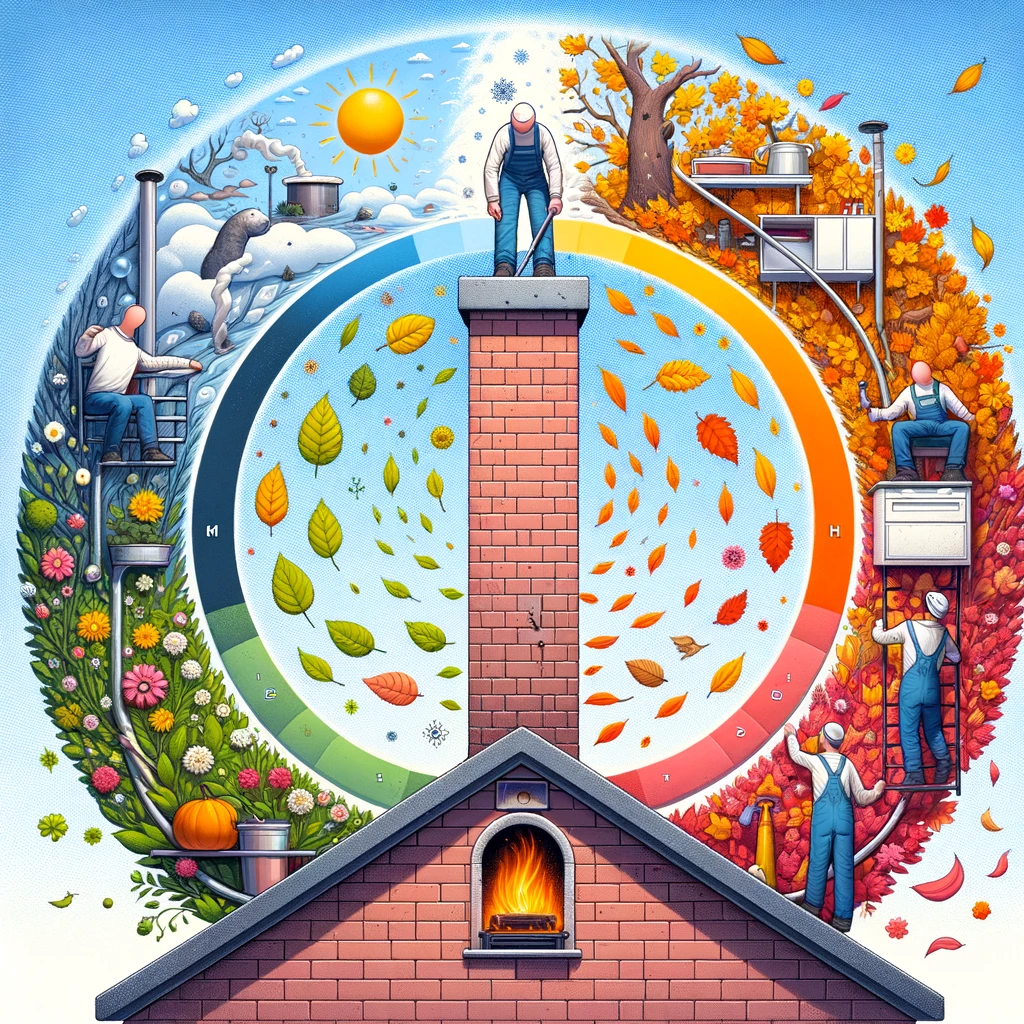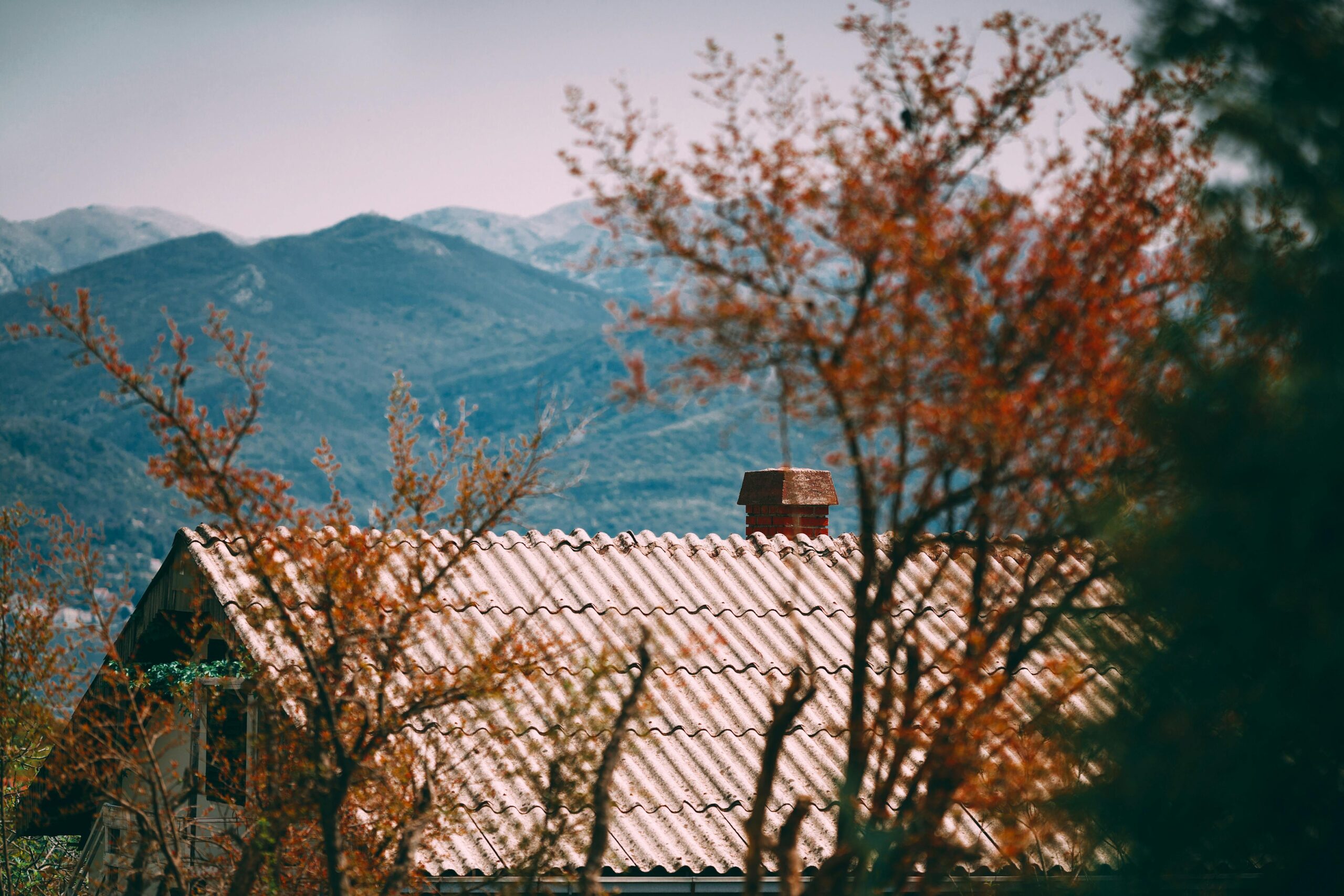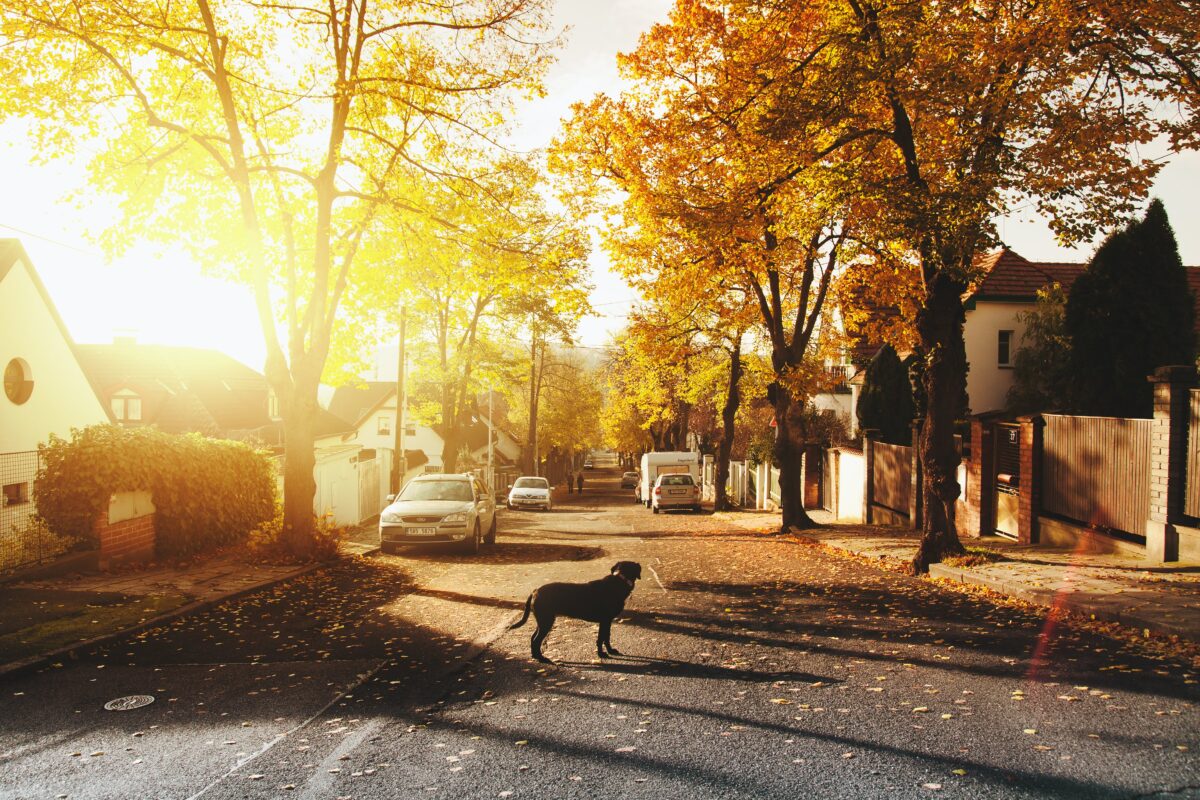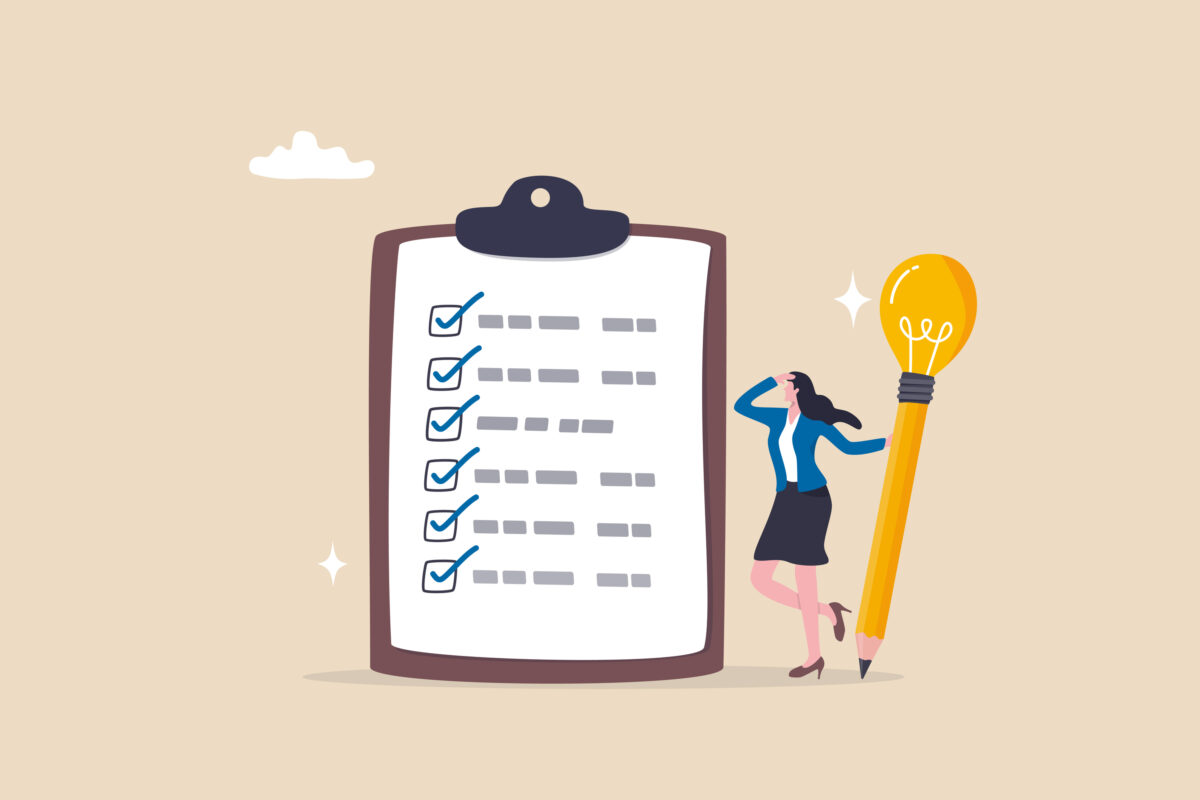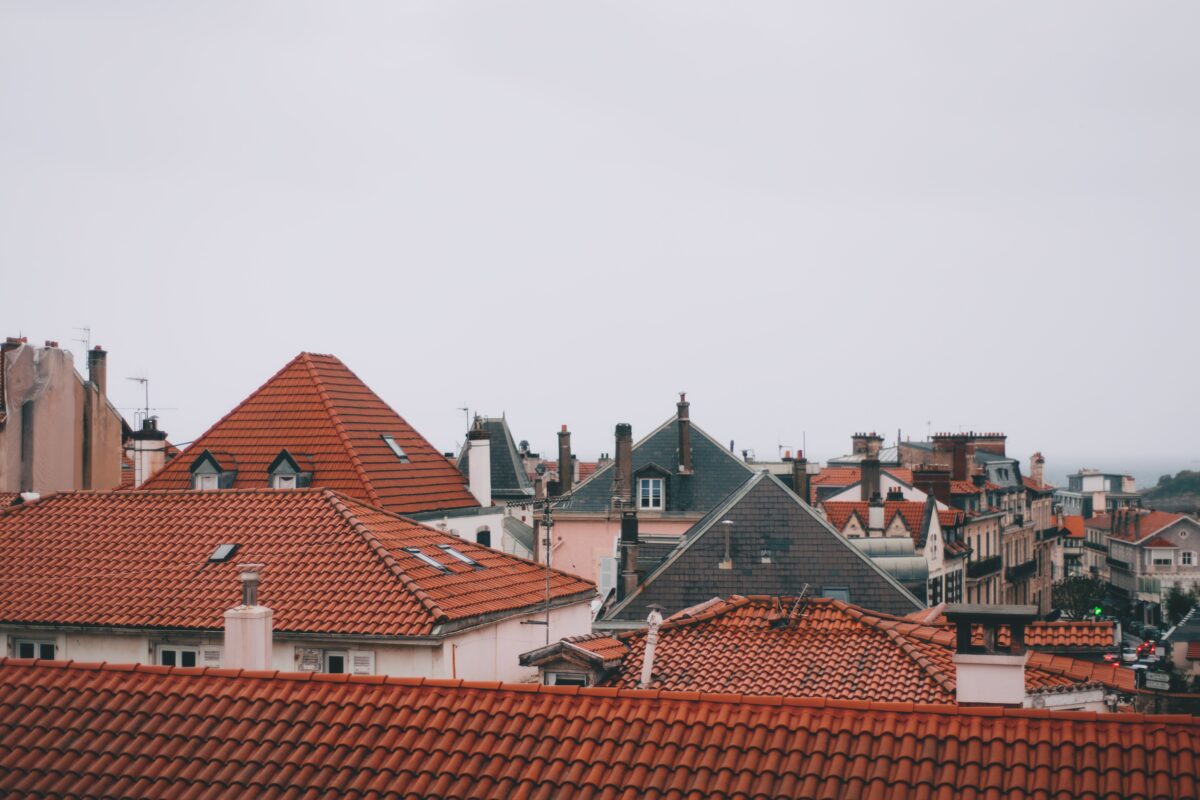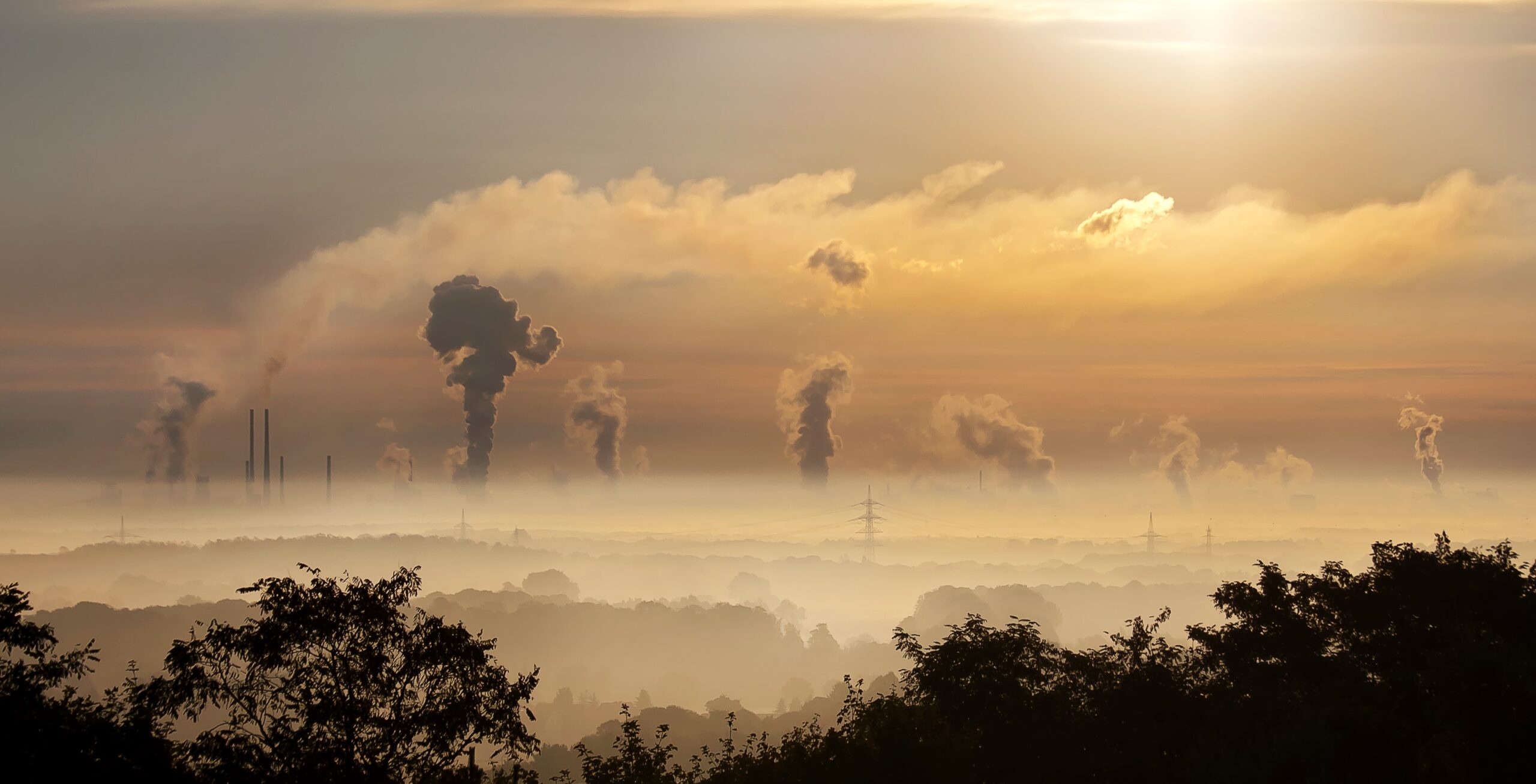A crackling fire in the hearth is one of life’s simple pleasures, especially on a cold evening. But behind the warm glow lies a responsibility: keeping your fireplace clean and safe. Regular fireplace cleaning protects your home from potential fire hazards, improving efficiency, and ensuring cleaner air indoors.
At The Irish Sweep, we’ve spent years helping homeowners maintain their fireplaces, chimneys, and dryer vents with expert care. Our team understands the common pitfalls of fireplace upkeep and how to avoid them, so we’ve gathered some essential tips to help you tackle the task safely and effectively.
In this blog, we’ll break down the risks of neglecting your fireplace, share step-by-step cleaning tips, and explain when it’s time to call in the pros. Whether you’re a seasoned homeowner or new to fireplace care, you’ll find practical advice to keep your hearth in top shape. Let’s get started!
Why Regular Fireplace Cleaning Is So Important
When it comes to maintaining a safe and efficient home, fireplace cleaning is an often-overlooked task that carries significant benefits. From improving air quality to reducing fire hazards, here’s why regular upkeep is essential.
Cleaner Air for a Healthier Home
Every time you use your fireplace, soot, ash, and other particles accumulate. These can easily become airborne, especially during and after a fire, diminishing indoor air quality. This is particularly concerning for those with allergies or respiratory conditions. Regular cleaning minimizes these contaminants, ensuring your home remains a safe and healthy space for everyone.
Reducing the Risk of Chimney Fires
Creosote, a byproduct of burning wood, is a sticky, flammable residue that builds up inside your chimney. Over time, even a thin layer of creosote can pose a serious fire hazard. In fact, creosote buildup is one of the leading causes of chimney fires. Scheduling routine cleanings helps eliminate this risk, giving you peace of mind every time you light a fire.
Boosting Energy Efficiency
A clean fireplace doesn’t just look better—it works better. When ash and debris are removed, airflow improves, allowing fires to burn hotter and more efficiently. This means you get more heat from less wood, saving money and energy while staying cozy. Plus, a well-maintained fireplace reduces the chances of smoke entering your home due to blockages.
Safety and Comfort Go Hand in Hand
Ultimately, regular fireplace cleaning isn’t just about maintenance—it’s about safeguarding your home, enhancing your comfort, and ensuring your fireplace performs at its best. By keeping it clean and hazard-free, you can enjoy the warmth and ambiance of your fire with confidence.
Take the time to care for your fireplace, and it will reward you with safer, cleaner, and more efficient operation for years to come.
Related Reading: How Often Should a Chimney Be Cleaned?
Avoiding Risks During Fireplace Cleaning
Cleaning a fireplace might seem straightforward, but it comes with potential hazards that can compromise your safety if not addressed properly. From hidden dangers like creosote buildup to health risks associated with soot, understanding these risks is the first step toward safe and effective cleaning.
Creosote Buildup: A Hidden Danger
Creosote is a dark, tar-like substance that forms inside your chimney as a byproduct of burning wood. It’s sticky, highly flammable, and builds up layer by layer over time. Even a small amount of creosote can ignite under the right conditions, potentially causing a dangerous chimney fire.
DIY cleaning might seem like a cost-effective solution, but it often leaves behind residue that only professional-grade tools can remove. Over time, this leftover creosote can accumulate, turning your fireplace into a ticking time bomb. For thorough and safe cleaning, regular professional inspections and maintenance are essential.
Inhaling Soot and Dust
Fireplace cleaning can stir up soot and dust, which contain harmful particles. Inhaling these particles can irritate your respiratory system and pose serious health risks, especially for individuals with asthma or allergies. Prolonged exposure may even lead to more severe respiratory issues over time.
To minimize risks, always work in a well-ventilated area and wear protective gear, such as a mask and safety goggles. Taking these precautions not only protects your health but also ensures a safer cleaning process.
Structural Issues
Your fireplace’s structure is just as important as its cleanliness. Over time, the bricks, mortar, or chimney liner can develop cracks or other damages that are easy to overlook during casual cleaning. These issues may allow heat, smoke, or even flames to escape into areas where they shouldn’t, creating serious safety hazards.
A visual inspection can help identify obvious problems, but a professional chimney sweep can detect hidden structural issues that require immediate attention. Regular inspections are crucial to catching these problems early and preventing costly repairs—or worse, a house fire.
The Bottom Line
Fireplace cleaning is not without its risks, but understanding these hazards can help you navigate the process safely. With the right precautions and professional assistance, you can keep your fireplace in optimal condition and avoid unnecessary dangers.
Fireplace Cleaning Tips for a Safer Home
Keeping your fireplace clean enhances its performance and protects your home and loved ones from potential hazards. By following these step-by-step tips, you can clean your fireplace safely and efficiently.
Gather the Right Tools and Equipment
Before you begin, make sure you have everything you need for a thorough cleaning. Essential tools include:
- A sturdy fireplace brush for scrubbing away soot and residue.
- A fireplace vacuum or shop vac designed to handle ash.
- Drop cloths to protect your flooring and nearby furniture.
- A dust mask and safety goggles to protect yourself from inhaling particles.
Using the proper tools is critical. Brushes designed for fireplaces won’t damage the firebox or chimney, and specialized vacuums can handle ash without spreading it around your home. Skimping on tools can lead to incomplete cleaning or even damage to your fireplace.
Clean the Firebox
The firebox, where the fire burns, requires regular cleaning to remove ash and debris. Here’s how to do it safely:
- Wait Until Cool: Ensure the fireplace and ash are completely cool before you begin.
- Remove Ash and Debris: Use a small shovel to scoop out ash and dispose of it in a metal container.
- Scrub the Firebox: Use your fireplace brush to scrub away soot from the walls of the firebox.
- Vacuum the Residue: Use a fireplace vacuum to remove fine ash and remaining particles for a clean finish.
Regularly cleaning the firebox prevents ash buildup and ensures optimal airflow for your next fire.
Inspect and Maintain the Chimney
While cleaning the fireplace, don’t forget to check the chimney. It’s essential to inspect for blockages or creosote buildup:
- Check for Obstructions: Look up the chimney with a flashlight to ensure there are no nests, leaves, or other debris blocking the flue.
- Assess Creosote Levels: Use a flashlight to check the chimney walls for shiny, dark creosote deposits. If the buildup is more than 1/8 inch thick, it’s time for a professional cleaning.
- Test the Damper: Ensure the damper opens and closes smoothly. A malfunctioning damper can lead to smoke backdrafting into your home.
For anything beyond a surface-level inspection, call a professional chimney sweep. They have the tools and expertise to address deeper issues and ensure your chimney is safe to use.
By using the right tools, cleaning the firebox regularly, and inspecting the chimney, you can enjoy a fireplace that’s clean, efficient, and safe. Don’t forget: If anything seems beyond your expertise, The Irish Sweep is always here to help.
Why Professional Fireplace Cleaning Matters
While regular maintenance can help keep your fireplace in good condition, there are times when calling in a professional is essential. Experts bring the tools, training, and experience to handle the tough jobs and ensure your fireplace is as safe as possible.
Deep Cleaning and Hazard Prevention
Even the most diligent DIY efforts can fall short when it comes to thoroughly cleaning a fireplace. Creosote deposits, soot in hard-to-reach places, and hidden structural issues require specialized equipment and expertise to address. Professionals use high-grade tools and techniques to clean every inch of your chimney and fireplace, eliminating fire hazards and ensuring proper airflow.
By hiring a professional, you gain peace of mind knowing your fireplace isn’t just clean—it’s safe to use. Professionals can also identify and address problems like cracks, loose bricks, or liner damage, which can go unnoticed during DIY cleaning.
Annual Inspections for Peace of Mind
An annual inspection by a certified chimney sweep is one of the best ways to ensure your fireplace remains in top condition. Professionals evaluate the entire system, from the firebox to the chimney cap, checking for blockages, damage, and buildup that could pose safety risks.
The Irish Sweep, a proud member of the National Chimney Sweep Guild (NCSG), adheres to the highest industry standards. This membership underscores their commitment to professionalism and expertise, giving homeowners confidence that their fireplaces are in capable hands.
By scheduling regular professional cleanings and inspections, you’re not just maintaining your fireplace—you’re protecting your home and loved ones from preventable dangers. Don’t wait for a problem to arise; call the experts to keep your fireplace operating safely and efficiently.
How to Maintain a Clean Fireplace Between Services
Keeping your fireplace in good condition doesn’t stop at professional cleanings. Simple, ongoing maintenance can go a long way in preserving its safety and efficiency. One of the most effective ways to reduce buildup and keep your fireplace cleaner is to focus on the type of wood you burn.
Burn the Right Wood
Not all firewood is created equal. For a cleaner burn and less creosote buildup, seasoned hardwood is the gold standard. This type of wood has been dried for at least six months to a year, reducing its moisture content. Drier wood burns hotter and more efficiently, producing less smoke and creosote—a win for both your fireplace and chimney.
Hardwoods like oak, maple, and hickory are excellent options because they burn longer and hotter than softer woods like pine. On the other hand, burning unseasoned or “green” wood can create excessive smoke and lead to faster creosote accumulation, increasing the risk of chimney fires.
By choosing seasoned hardwood for your fires, you’re not only making maintenance easier but also enjoying a cleaner, safer, and more efficient fireplace experience. Regularly restocking with quality wood ensures you’re protecting your investment and getting the most out of your hearth.
Related Reading: What is the Best Wood to Burn in a Fireplace? To Burn or Not to Burn
Enjoy a Cleaner, Safer Fireplace All Year Long
Fireplace cleaning is a critical part of maintaining a safe and efficient home. Regular upkeep helps improve air quality, reduces fire risks, and ensures your fireplace operates at its best. By taking simple steps like burning the right wood and scheduling annual professional inspections, you can enjoy the warmth and ambiance of your hearth without worry.
When it comes to deeper cleaning and inspections, trust the experts at The Irish Sweep. As a proud member of the National Chimney Sweep Guild, we’re dedicated to providing top-quality service and ensuring your fireplace is safe for years to come.
Ready to schedule your professional cleaning or inspection? Book your appointment today. Don’t wait—ensure your fireplace is ready for the season ahead!



